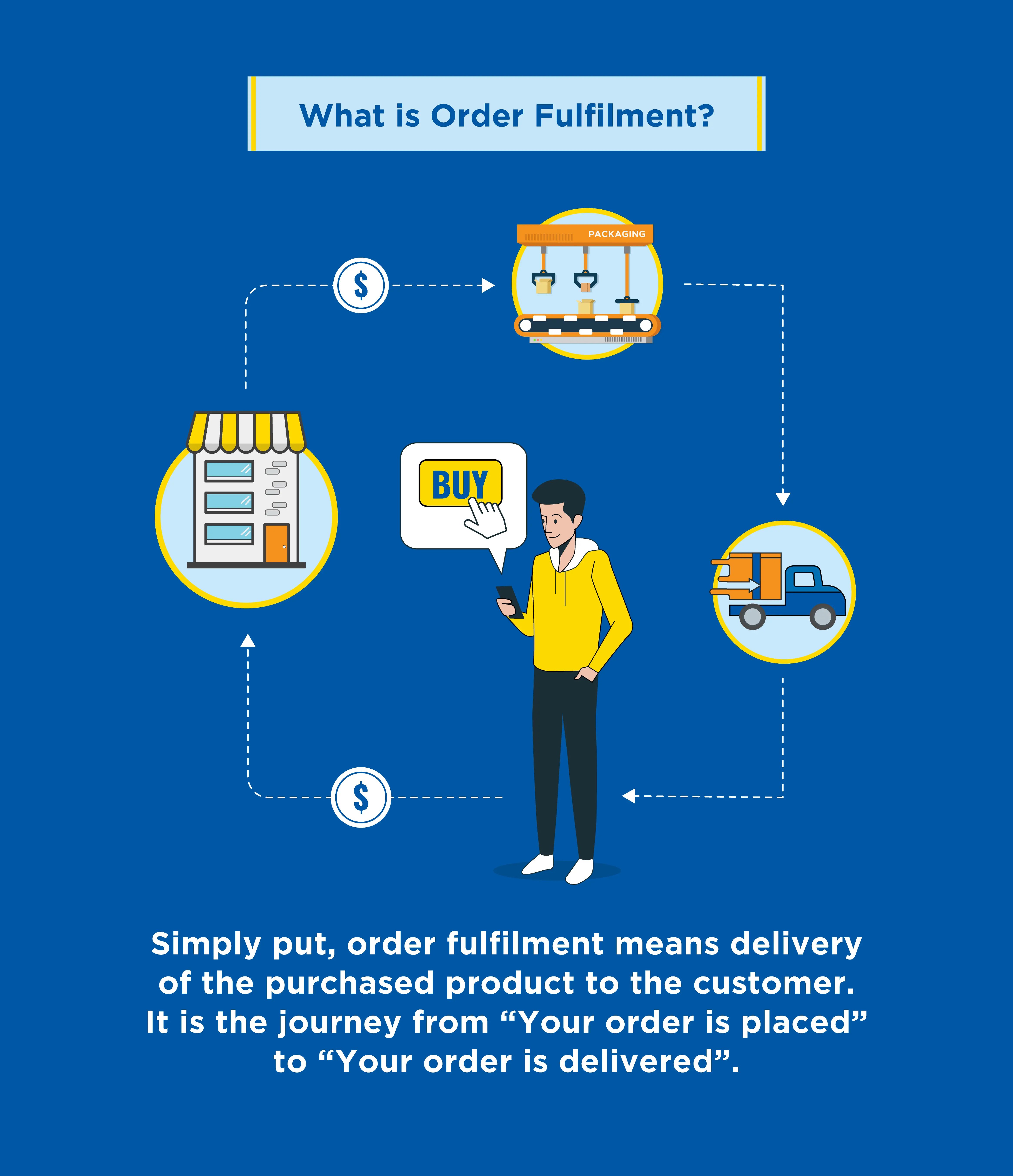Past Essentials: Advanced Techniques for Improving Your Ecommerce Fulfilment Workflow
Ecommerce Fulfilment Ideal Practices: Tips for Increasing Performance and Earnings
In the affordable landscape of eCommerce, enhancing fulfillment techniques is crucial for improving both efficiency and success. Businesses have to focus on crucial facets such as stock management, delivery, and automation processes to stay nimble and receptive to market demands. By carrying out best methods, firms can reduce mistakes, reduce operational prices, and improve client satisfaction.
Enhance Supply Management
Efficient supply management is the foundation of a successful eCommerce procedure. It makes sure that the ideal products are readily available at the best time, lessening stockouts and overstock situations. To maximize supply management, services have to initially execute precise demand projecting methods. By assessing historic sales data and market trends, companies can anticipate future need more efficiently, enabling them to change stock degrees as necessary.
Additionally, adopting a systematic approach to classifying stock, such as the ABC evaluation, can aid focus on stock management efforts. This approach identifies products based on their worth and sales regularity, allowing companies to focus on high-impact items while taking care of lower-value supply much more efficiently.
Normal stock audits are also essential to keeping precision. By performing physical counts and reconciling disparities, eCommerce companies can prevent losses as a result of contraction and make certain that the stock documents show actual supply levels. Incorporating inventory monitoring software can enhance processes, supplying real-time visibility right into stock levels and automating reorder alerts.
Implement Automation Solutions
In today's hectic eCommerce setting, implementing automation options is vital for boosting operational effectiveness and improving order gratification processes. Automation innovations can enhance various elements of the order administration cycle, from supply monitoring to order processing and shipping.
One of the vital locations where automation can make a considerable influence remains in inventory management. Automated systems can keep an eye on supply degrees in actual time, ensuring that stock is renewed as required, therefore reducing the danger of stockouts or overstock scenarios. This not just optimizes storage prices but likewise enhances consumer fulfillment by making sure product availability.
In addition, automated order handling systems can considerably minimize human error, speeding up the satisfaction cycle. By integrating automated selecting and loading remedies, organizations can further minimize hold-ups and boost precision in order satisfaction. Additionally, leveraging data analytics tools permits firms to examine sales patterns and customer preferences, making it possible for even more educated decision-making pertaining to stock and procurement.
Inevitably, accepting automation services helps eCommerce organizations scale procedures successfully, decrease functional costs, and supply a seamless consumer experience, driving earnings in a competitive landscape.
Enhance Delivery Processes
Just how can eCommerce services optimize their delivery processes to satisfy growing consumer expectations? The essential depend on understanding and adjusting to the intricacies of contemporary logistics. Organizations ought to review their shipping providers and bargain favorable rates, ensuring they can give competitive shipping choices without giving up margins. Additionally, check my reference providing several distribution alternatives, such as express shipping or local pickup, can satisfy diverse customer requirements.
Buying modern technology is additionally important. Implementing a durable delivery software service can simplify tag printing, order tracking, and inventory administration, improving general effectiveness. Organizations need to focus on openness in their delivery processes by offering clients with real-time monitoring info, which can considerably enhance the general buying experience.
One more crucial facet is to routinely assess shipping performance metrics. Assessing data such as shipment times, expenses, and client comments can recognize chances for improvement. Ecommerce Fulfilment. Teaming up with satisfaction facilities that concentrate on eCommerce can also boost shipping capacities, allowing faster deliveries and lowering operational problems
Streamline Order Processing
To satisfy the raising demands of consumers, eCommerce businesses need to also concentrate on enhancing their order processing systems. A reliable order processing workflow minimizes the moment from order invoice to gratification, enhancing customer satisfaction and loyalty.

Another vital facet is developing clear interaction methods amongst teams associated with the order fulfillment process. Regular updates on inventory status, order development, and possible hold-ups can alleviate problems and boost control. Educating personnel on finest methods in order administration can foster a culture of efficiency and accountability.

Utilize Information Analytics
Data analytics plays an essential role in improving eCommerce gratification strategies, allowing organizations to make informed decisions based upon real-time insights. By taking advantage of information from various sources, such as sales patterns, supply degrees, and customer habits, firms can recognize inefficiencies and enhance their satisfaction procedures.
One key application of data analytics is demand projecting. By assessing historical sales data and market patterns, services can predict future product demand, enabling them to change stock degrees appropriately. This lowers the threat of overstocking or stockouts, both of which can adversely influence profitability.
Additionally, data analytics can improve order accuracy and fulfillment rate. By examining order processing times and mistake prices, organizations can determine traffic jams and apply targeted enhancements. This results in a more structured operation, eventually boosting customer fulfillment.
Additionally, leveraging client data analytics can lead to personalized advertising and marketing approaches that drive sales. Recognizing client preferences and acquiring patterns can educate targeted promotions read and product referrals, promoting loyalty.
Verdict
By maximizing inventory administration, leveraging automation options, and improving shipping procedures, organizations can improve order handling and lower mistakes. Collectively, these methods add to a boosted consumer experience, fostering loyalty and encouraging repeat organization, ultimately leading to continual development and success in the affordable eCommerce landscape.
By integrating automated choosing and loading remedies, businesses can even more reduce delays and improve precision in order gratification. Carrying out a durable delivery software program option can enhance tag printing, order monitoring, and stock administration, improving overall efficiency. Executing an integrated system that consolidates orders from multiple channels helps ensure that no order is overlooked. Regular updates on inventory standing, order progression, and potential hold-ups can alleviate problems and improve coordination. By optimizing inventory management, leveraging automation services, and boosting delivery procedures, services can improve order processing and reduce errors.